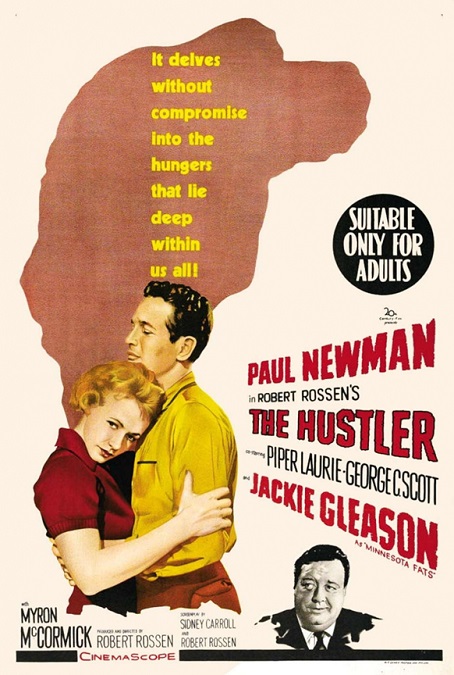
The Hustler – 1961
The Hustler was a movie that, on the surface, was about a small-time pool hustler who wanted to be a big-time hustler. He is a world-class pool player, but he has one major flaw. He doesn’t know when quit, which, I think, is one of the film’s biggest themes. As in most things, part of being good is knowing when to quit.
Paul Newman plays Fast Eddie Felson. He has dreams of challenging the best pool player in New York, Minnesota Fats, played by Jackie Gleason. When he has taken Fats for thirteen thousand dollars, he keeps going, playing against the man for 25 hours, and eventually loses it all back to his opponent. Fats never loses his composure, but Eddie plays till he drops to the floor, drunk and sloppy.
Penniless, Eddie falls in love with a good woman he meets at a bus station. She is Sarah Packard, played by Piper Laurie, who is a cripple and a lush. He moves in with her and the two end up caring deeply for each other. But then Eddie makes a deal with the devil and the devil doesn’t want her around. George C. Scott plays Bert Gordon, a professional gambler. He fronts Eddie enough money to make a play for the big leagues.
Sarah, feeling like she is losing Eddie to a lifestyle she hates, tries to get him to walk away. But once again, Eddie doesn’t know when to quit. Even after Bert propositions Sarah and has a drink thrown in his face, she still fights for Eddie’s heart. But after Bert proves that he has won Eddie’s soul, she knows that she has also been beaten. Eddie now belongs to Bert and not her. So, in her defeat, she gives up and sleeps with Bert. Afterword, realizing that she is already a part of the pathetic lifestyle from which she has been trying to save Eddie, she kills herself.
His grief over her death suddenly makes him emotionally able to start hustling in the big leagues. After he suffers, he is suddenly able to return to Minnesota Fats and beat him. But in his victory, he also has the heart to reject Bert, blaming him for Sarah’s death and admitting how much he loved her. As Eddie learns to be a better hustler, he matures as a person, until finally, he becomes a better adult, so to speak. The trick is that he had to endure great loss before that could happen. The filmmakers did a good job of portraying that parallel, almost making pool hustling a metaphor for life.
The four principal actors, Newman, Gleason, Laurie, and Scott, were all praised by the critics for their performances. In particular, I was impressed with both Newman and Laurie. The relationship that was built between them was strange and complex, but at the same time, undeniable. Director Robert Rossen did his job well, giving them just enough time to be believable in their tragic romance. However, though I thought Gleason and Scott did just fine, I didn’t see where they were extraordinary.
Still, there was one thing that really caught my attention. During some of the scenes where pool was being played, both Gleason and Newman were shown making some pretty difficult shots. Today, any actor could make any shot with the aid of CGI, but these two obviously knew what they were doing on the felt. They made some incredibly difficult shots look easy, and I was properly impressed.
Something else that I’d like to mention is the music. The film’s high-energy jazz score was written by Kenyon Hopkins. While the music itself was not overly-remarkable, I thought that it fit the feel of the story incredibly well. It had an air of being fast and loose, just like Eddie’s character. It was also slightly chaotic and almost seedy, just like the life of a hustler. It was a well-written score, perfectly crafted to give the film perfect feel.
The film was nominated for 9 Academy Awards, winning 2: One for Best Art Decoration/Set Decoration, Black & White, and the other for Best Cinematography, Black & White. According to my research, the cinematography was lauded because, depending on how many people were in a shot, and which character was dominant within the context of the plot, attention was paid to whose head was highest and whose was lowest on the screen, though to be honest, the subtle distinction was lost on me. Clever, yes, but pointless if nobody gets it. Fortunately, someone did.
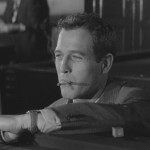
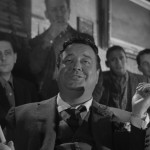
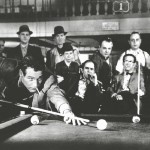
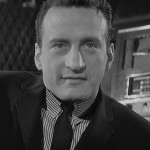
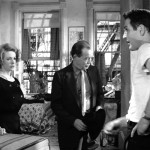
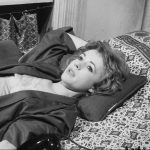
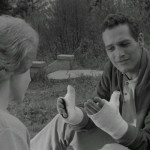
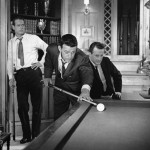
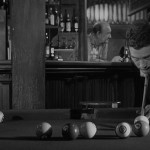
Hey gomer. The trick shots were made by the top pool player of the world. I could beat Gleason and Newman easily.
Ernest – Actually, Gleason did all of his own shots, and Newman did most of his own. But you are right about the few that Newman couldn’t do. They were done by the famous pool player, Willie Mosconi, an advisor on the film.